Jecheon Baengnyeonsa Temple (백련사(제천))
10.8 Km 8206 2021-10-25
414, Myeongam-ro 5-gil, Jecheon-si, Chungcheongbuk-do
+83-43-653-4996
Baengnyeonsa Temple is located at the foothills of Gamaksan Mountain in Jecheon, Chungcheongbuk-do. The temple is currently composed of the main hall Daeungjeon, Samseonggak Shrine, Muyeomdang Hall, Boeungmun Gate, and residential houses. Daeungjeon Hall enshrines a wooden statue of a sitting Buddha, is an artifact from the Joseon period (1392-1910).
The history of the temple dates back to 662 (the second year of King Munmu’s reign during the Silla Kingdom), when a small shrine called Baengnyeonam Hermitage was built by the great monk Uisang on the east side of Baengyeonji Site. The temple has been reconstructed and restored numerous times throughout the course of several wars. The temple once encompassed many branch temples and shrines such as Mireuksa, Sinheungsa, Cheonsuam, Eunjeokam, and Cheongnyeonam, but only their foundation sites remain today.
Baeron Holy Ground (배론성지)
11.1 Km 26616 2020-05-04
296, Baeronseongji-gil, Jecheon-si, Chungcheongbuk-do
+82-43-651-4527
Located along the national highway between Jecheon and Wonju, Baeron Holy Ground has great spiritual significance as it served as the fountainhead of the spread of Catholicism in Korea. During the early years of Catholicism in Korea, Catholics fleeing from the Sinhae Persecution (1791) came to this place, formed a community, and made their faith deeper. Amid the persecution in 1801, A man named Hwang Sa-yeong (Alexander, 1775–1801) hid in a tunnel and wrote letters about the situation of the Joseon Catholic Church on silk fabrics, but was captured and martyred. Baeron is also a historic place where Joseon’s first theological school, St. Joseph Theological School, was founded, but the school was eventually shut down. The graves of Fr. Thomas Choe Yang-eop (1821–1861), Korea’s second Roman Catholic priest, and the Martyr Hwang Sa-yeong Memorial Tower can be seen at Baeron Holy Ground.
Baeron Holy Ground is surrounded by rugged mountains such as Guhaksan Mountain, Baegunsan Mountain and Chiaksan Mountain. The mountain path from the holy ground eventually leads to Bakdaljae Natural Forest.
Geumwolbong Peak (금월봉)
11.9 Km 32107 2024-02-26
1316 Cheongpungho-ro, Geumseong-myeon, Jecheon-si, Chungcheongbuk-do
Geumwolbong Peak is a unique, small rocky mountain distinguished by its diverse shapes that blend a touch of artificiality with natural beauty. This site, initially a limestone mine, unveiled its striking rock formations in 1993. The resemblance of these rocks to the Manmulsang (Ten Thousand Rocks) of North Korea's Geumgangsan Mountain earned it the nickname "Little Geumgangsan Mountain." It was later officially renamed Geumwolbong Peak.
Pinocchio Youth Center (피노키오청소년수련원)
12.7 Km 43816 2024-02-16
88 Soya 1-gil, Sillim-myeon, Wonju-si, Gangwon-do
Pinocchio Youth Center, nestled in the Pinocchio Recreational Forest within Chiaksan Mountain, encompasses a comprehensive complex that includes the training center, a campground, and a caravan campsite. It is designed primarily for group visitors, catering to a variety of needs such as corporate training sessions, educational programs for schools, church groups, and family outings. The center offers a range of outdoor experience facilities, including the Forest Challenge, an Original Arborvitae Maze, Forest Experience, and various trekking courses.
Yongsomak Catholic Church (용소막성당)
12.9 Km 29928 2023-07-17
1857 Guhaksan-ro Sillim-myeon, Wonju-si, Gangwon-do
Yongsomak Catholic Church is a small church located in Sillim-myeon, Wonju and designated as a Tangible Cultural Heritage of Gangwon-do. It was the third Catholic church established in Gangwon-do after Pungsuwon Catholic Church and Wonju Catholic Church. It was constructed by Father Chizallet in 1915 and, today, it is over 90 years of age.
Zelkova trees line up around the church building and the statue of the Virgin Mary stands at the bottom of a hill to the left. A thickly wooded pine forest is seen over the statue and the Relic Museum of St. Lawrence, which is an auxiliary building of the cathedral, is seated by the forest. The look of an old countryside Catholic church built with red bricks is like a scene from a painting, exuding a solemn and grave atmosphere in this religious area.
Jucheon Mukjip (주천묵집)
13.3 Km 19667 2024-02-16
1282-11 Songhakjucheon-ro, Jucheon-myeon, Yeongwol-gun, Gangwon-do
02-3295-0312
This restaurant specializes in traditional Gangwon folk dishes, including ongsimi (potato ball soup). Ongsimi features handmade dough balls crafted from ground potatoes, boiled in a vegetable soup. The unique texture of the potato balls combined with the light yet rich flavors of the vegetable broth creates a delightful culinary experience. Another favorite at the restaurant is the crispy gamja jeon (potato pancake). These dishes are accompanied by musaengchae (julienne radish fresh salad), a soy sauce-based sauce, and a selection of side dishes that complement the flavors of the main course.
Cheongpung Hwanggeum Songeo (청풍황금송어)
13.4 Km 100 2021-03-22
25, Cheongpungho-ro, 39-gil, Jecheon-si, Chungcheongbuk-do
+82-43-652-4769
A restaurant where you can taste fresh trout dishes with a beautiful scenery. The best menu at this restaurant is sliced raw trout. This Korean dishes restaurant is located in Jecheon-si, Chungcheongbuk-do.
Bakdaljae Peak (박달재)
13.4 Km 17267 2020-05-27
Wonbak-gil, Jecheon-si, Chungcheongbuk-do
+82-43-642-9398
Bakdaljae refers to the steep hills dividing Bongyang-eup and Baekun-myeon in Jecheon-si. It has a legendary sad love story about Bakdal doryeong and Geumbong nangja. Jecheon-si uses the characters of ‘Bakdari and Geumbongi’ to promote. Iljumun Gate is set at the entrance of the hill to offer things to see for visitors. Also, based on Bakdaljae landmark project, it became a famous site for tourists.
Woodblock Printing Museum (고판화박물관)
13.9 Km 23206 2023-07-17
62 Muran-gil, Wonju-si, Gangwon-do
Opened in 2004, it is the only museum in Korea that specializes in and exhibits old woodblock printings from all around the world. Woodblock Printing Museum collects, stores, exhibits, researches and educates on ancient woodblock materials from many different Asian countries where engravings and woodcuts flourished including Korea, China, Japan, Tibet, Mongolia, India and Nepal. It currently stores over 3,500 individual relics including some 1,800 original woodblocks, 300 old woodblock works engraved as woodcuts, 200 books engraved on woodblocks, and 200 materials related to woodcuts. There is also a permanent woodblock experience hall, which is often utilized as a place to experience and educate those on site who are not satisfied with just seeing the works.
JOGYUNDANG / 조견당
14.4 Km 151 2024-02-01
27, Gogaok-gil, Jucheon-myeon, Yeongwol-gun, Gangwon-do
+82-33-372-7229
Located in Jucheon-myeon, Yeongwol-gun, Gangwon Province, Jogyeondang (House of Kim Jong-gil) is a traditional “hanok” stay. The nine rooms of the house follow the traditional “hanok” format. Anchae, the inner building with nearly 200 years of history, is dignified and elegant as befitting of its age. The majestic rafters of the building were built from 800-year-old trees, and the “daecheongmaru” raised floor has a sheen from years of care. Sarangchae and Byeolchae, restored in 2007 and 2009, respectively, make up for their relative lack of historical weight with freshness and convenience. The Inner Sarangchae faces the Anchae and the courtyard, while the Outer Sarangchae connects to a space with floor tables, cushions, and bookcases for drinking tea or reading. Guests staying in the three rooms in the Outer Sarangchae and the Anchae Geonneonbang rooms must use a shared bathroom, while other rooms come with private bathrooms. The uniqueness of Jogyeondang lies in its extensive cultural program, which ranges from tea ceremonies to soirees in the historical building. The complex’s manager has many stories to tell about the history of the house and its construction. Breakfast is also available upon reservation and payment, and English and Chinese services are provided for international visitors.

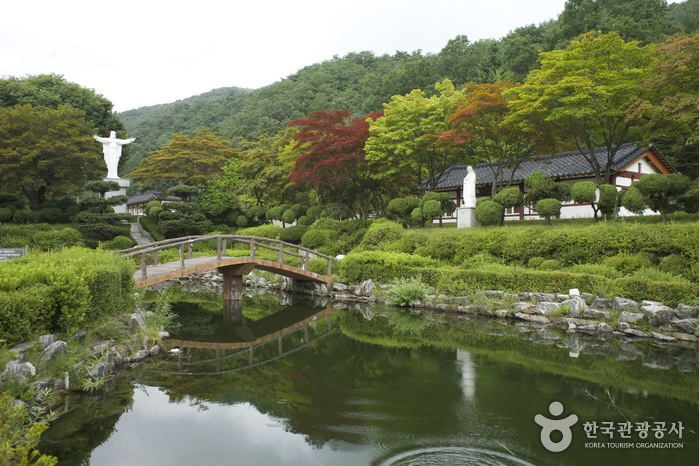
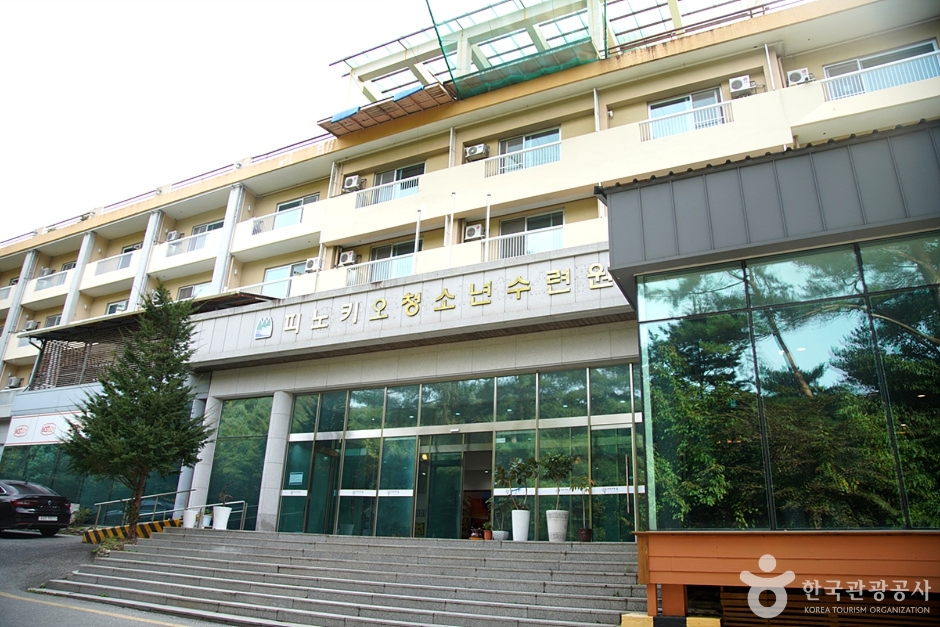
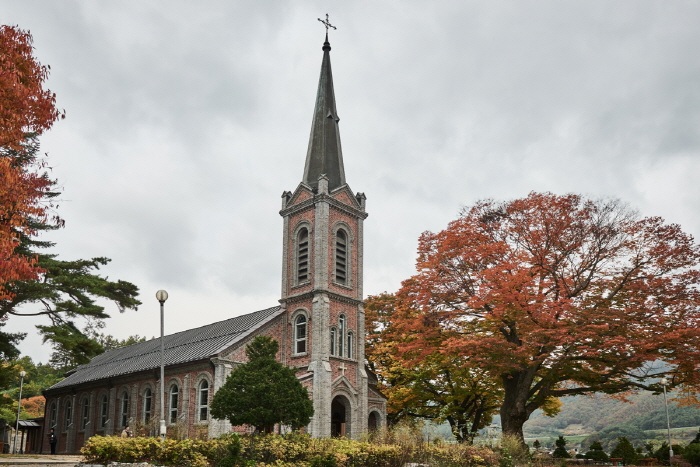
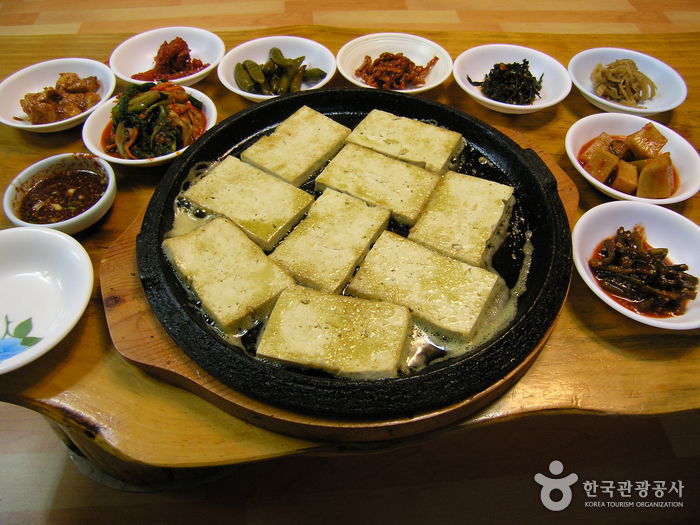
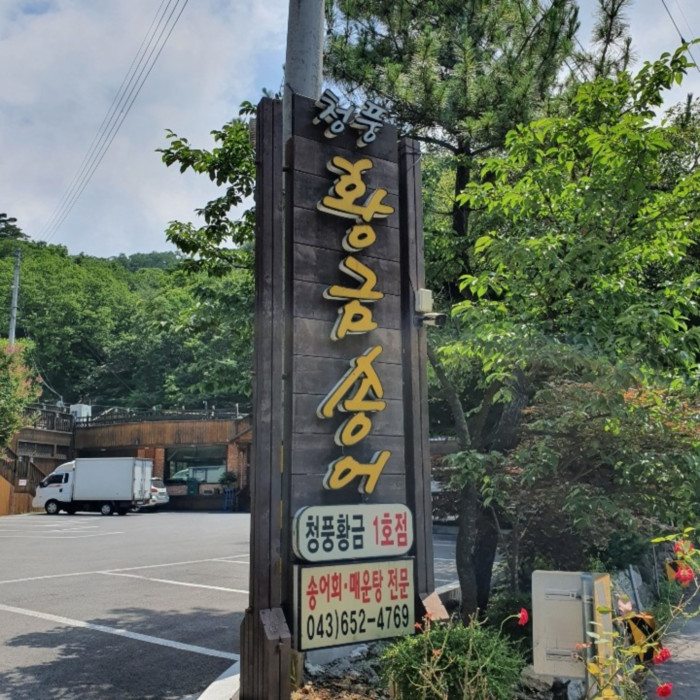
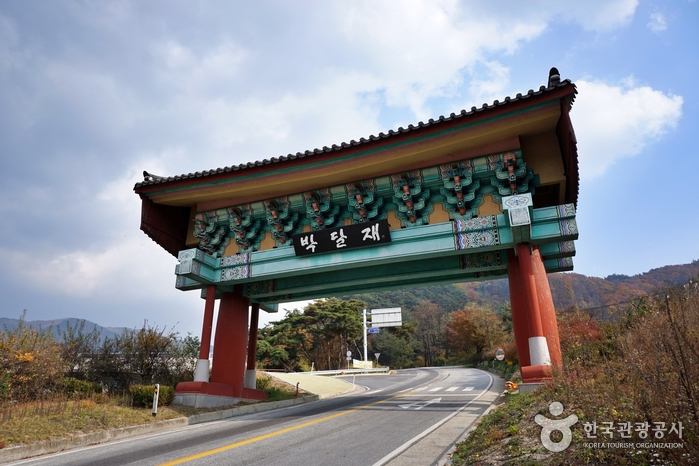
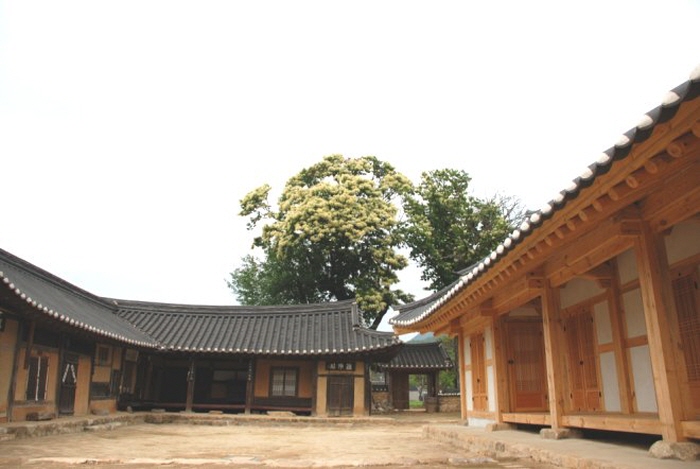
 English
English
 한국어
한국어 日本語
日本語 中文(简体)
中文(简体) Deutsch
Deutsch Français
Français Español
Español Русский
Русский